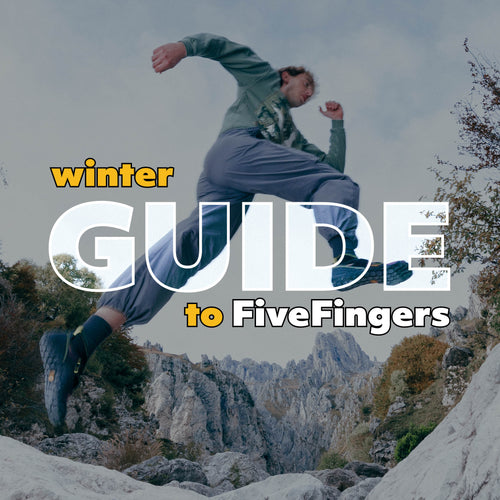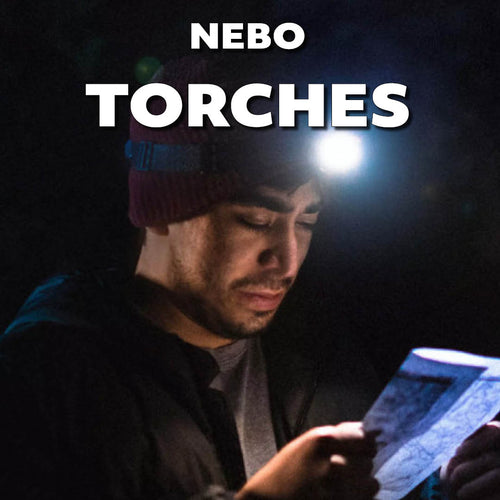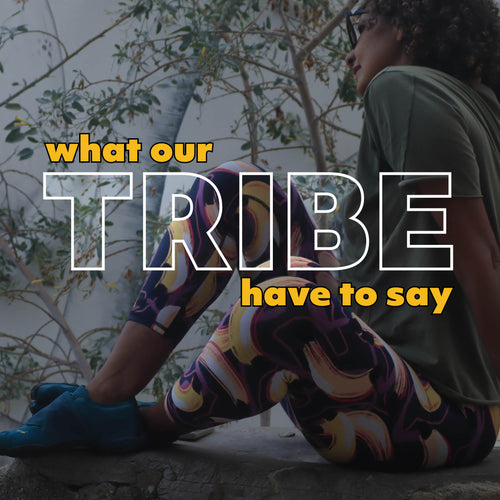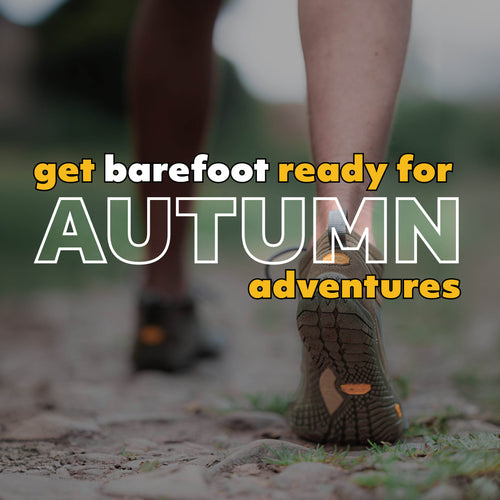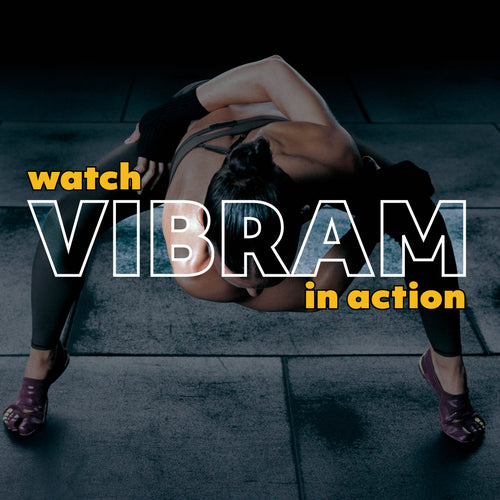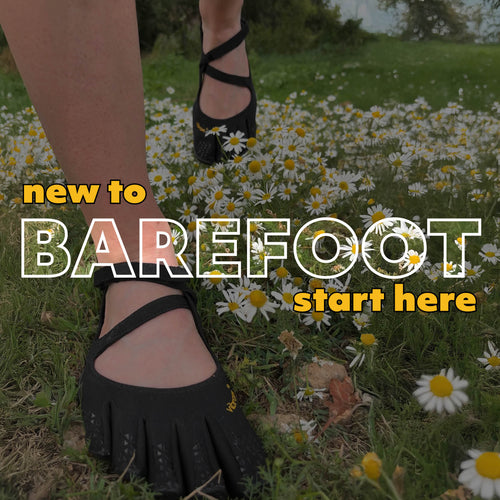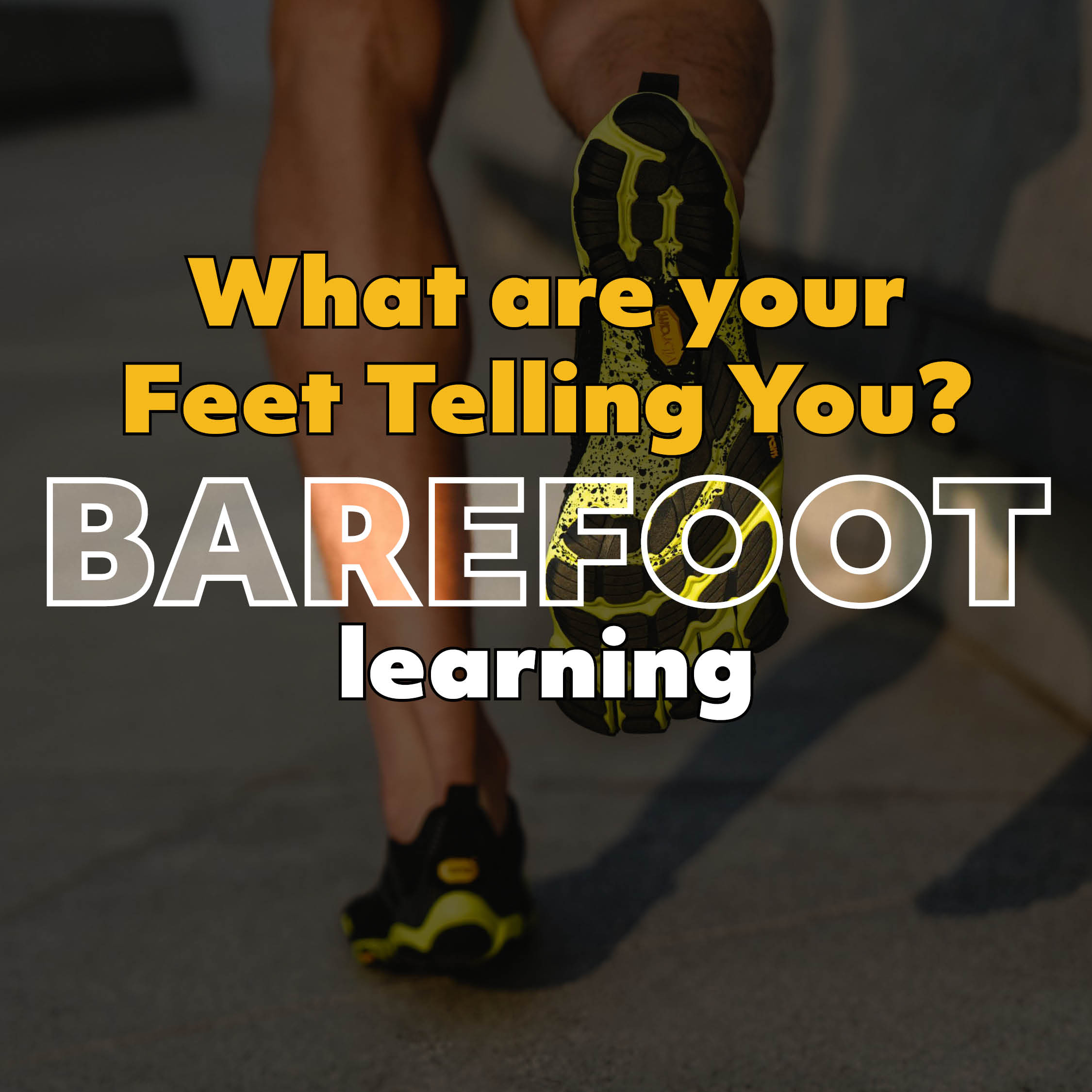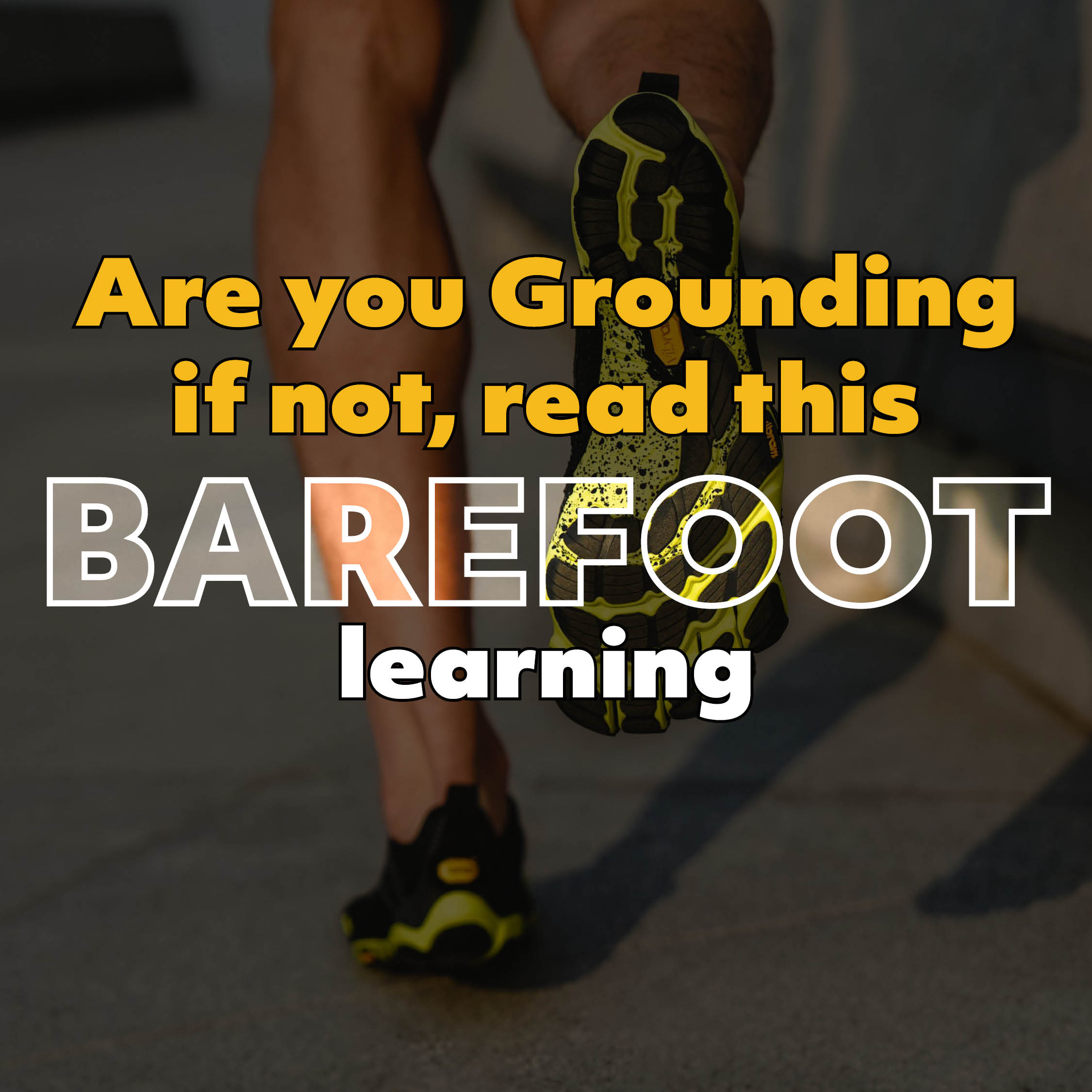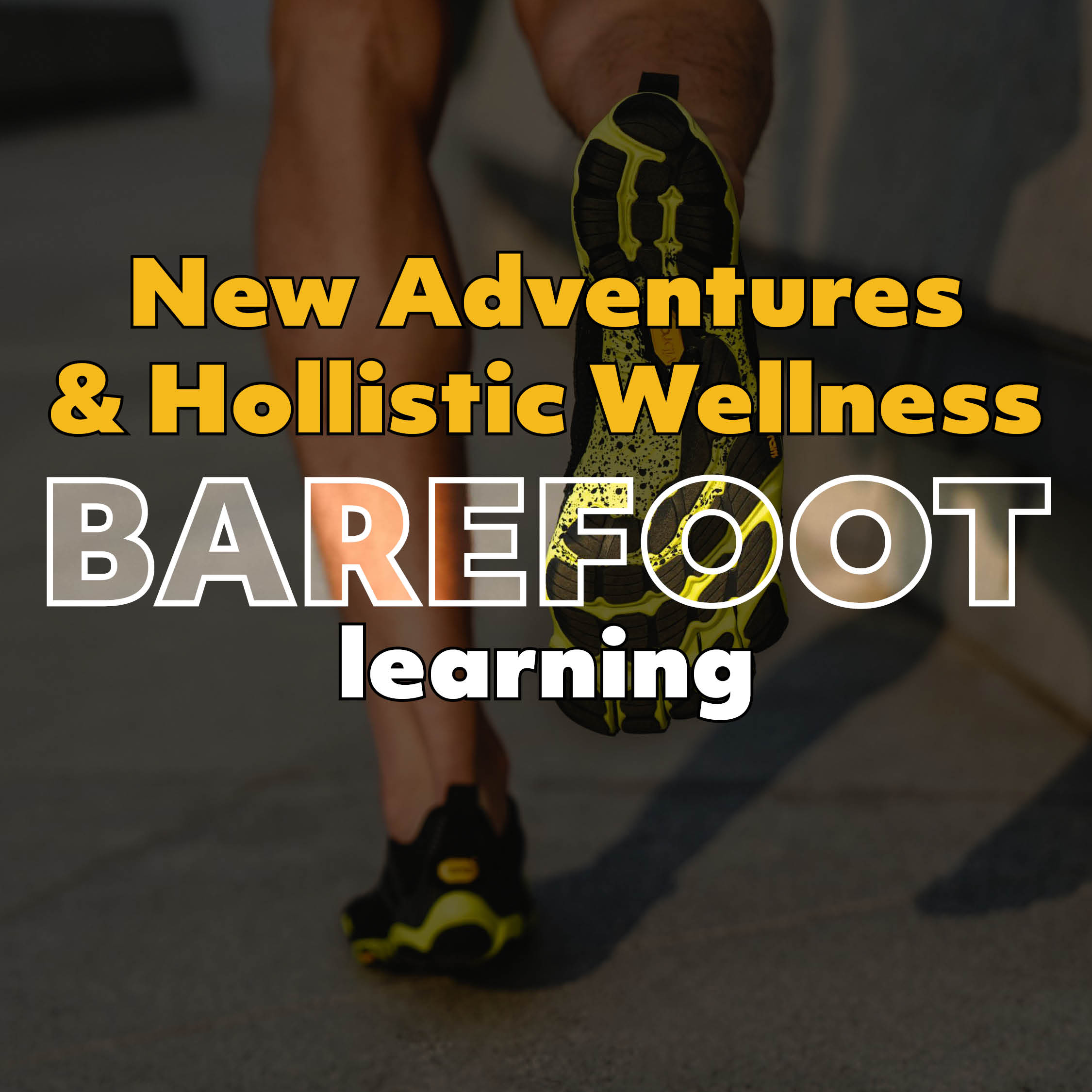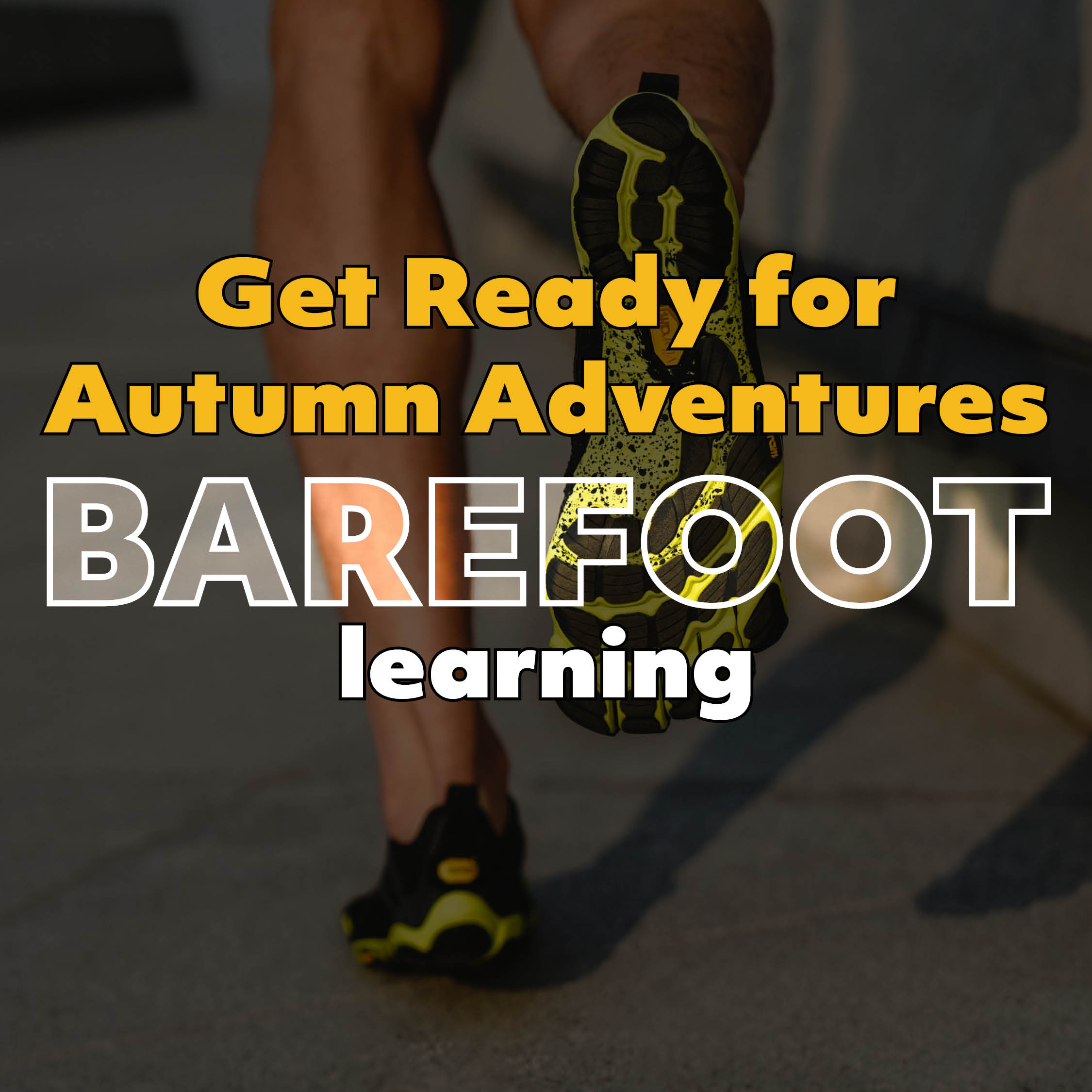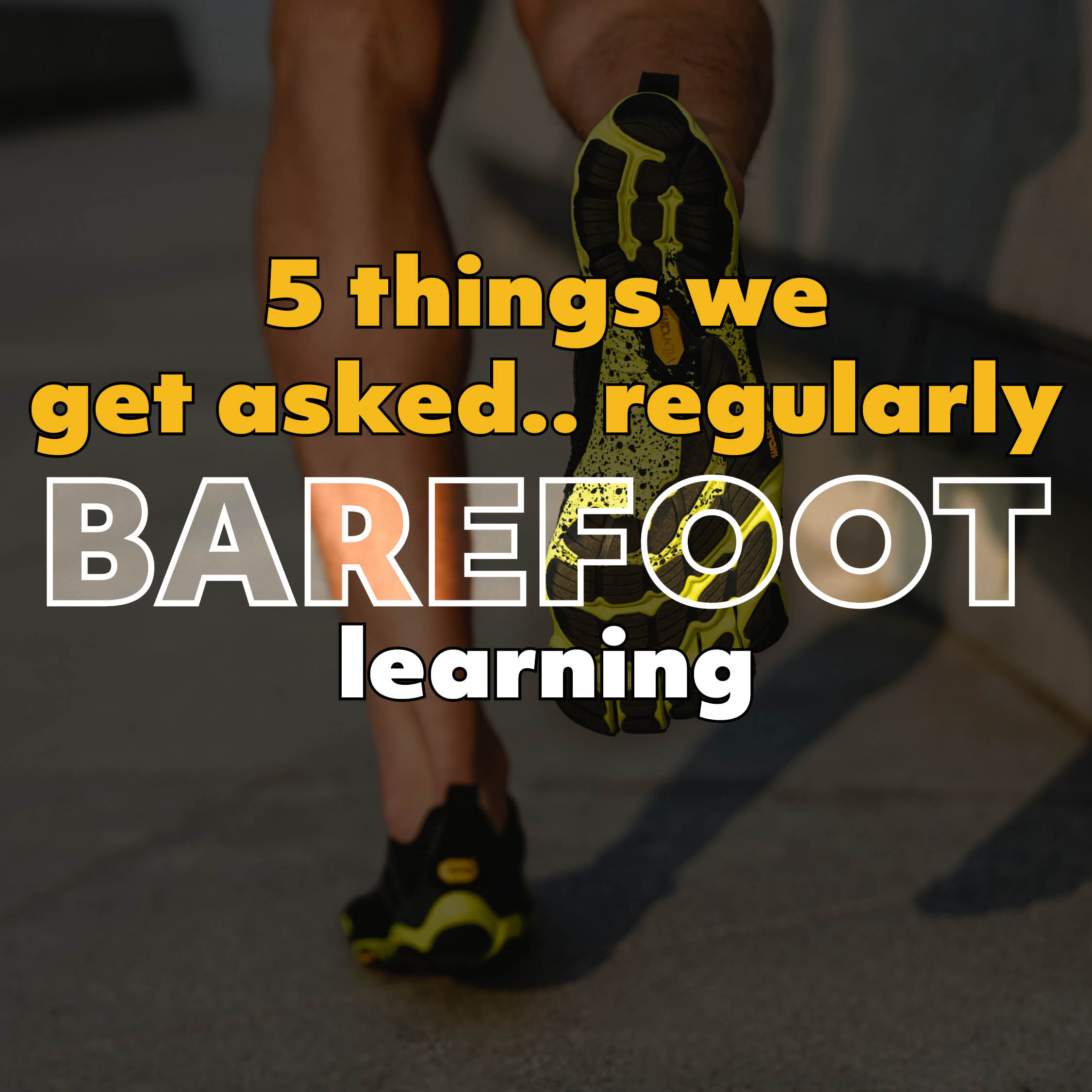The Barefoot Renaissance: Reawakening the Wisdom of Your Feet
As spring stretches into the long days of summer, we’re invited—perhaps more than any other time of year—to step outside, ground ourselves, and return to something ancient, primal, and deeply human: the experience of moving barefoot.
Far from being a passing wellness trend, barefoot living is rooted in our evolution. It's not just about shoes—it's about reconnecting with the ground, reclaiming natural movement, and reawakening the intelligence of the human body.
This isn’t a checklist. It’s a call to rethink your relationship with your feet, your body, and the world beneath you.
The Forgotten Genius of the Human Foot
Your feet are biomechanical marvels—each one home to 26 bones, 33 joints, and over 100 muscles, tendons, and ligaments. Together, they form the foundation of your posture, balance, and movement. They are also rich with nerve endings, making them one of the most sensitive and reactive parts of your body.
Yet, modern footwear has done a remarkable job of numbing, weakening, and distorting this natural genius.
“When you put your foot into a traditional shoe, it’s like putting a cast on your hand,” explains Dr. Irene Davis, Professor of Physical Medicine and Rehabilitation at Harvard Medical School. “It limits movement and dulls sensory feedback.”
The Science of Barefoot: What We Know
1. Muscle Strength and Arch Support
Contrary to popular belief, arch support doesn’t make feet stronger—in fact, the more support you give the foot, the less it has to work. A 2014 study (Miller et al., Medicine & Science in Sports & Exercise) found that participants who wore minimalist shoes for six months had increased foot muscle size and arch height.
2. Improved Balance and Proprioception
Barefoot walking enhances proprioception, the brain’s ability to sense body position and respond to the environment. This leads to better stability, reduced injury risk, and more natural movement patterns—especially important as we age (Robbins et al., 1995).
3. Reduced Impact and Joint Load
Harvard evolutionary biologist Daniel Lieberman famously demonstrated in Nature (2010) that habitually barefoot runners tend to adopt a forefoot strike, which significantly reduces impact forces on the knees and hips compared to the heel-strike pattern promoted by cushioned shoes.
4. Reversal of Modern Ailments
Emerging research suggests barefoot walking may help with conditions like plantar fasciitis, bunions, flat feet, and even some forms of chronic back pain—by realigning posture and restoring functional movement patterns.
Beyond Science: The Holistic Perspective
For many, barefoot living isn’t just biomechanical—it’s philosophical.
Earthing (Grounding)
The practice of placing your bare skin directly on the earth—whether sand, soil, or grass—has been linked to reduced inflammation, improved sleep, and mood regulation (Chevalier et al., Journal of Environmental and Public Health, 2012). While the science is still developing, thousands of practitioners worldwide claim powerful effects from simply walking barefoot in nature.
Sensory Awakening
Going barefoot slows you down. It teaches you to pay attention. Every step becomes a feedback loop, drawing your awareness out of your head and into your body. It’s a mindfulness practice in motion.
The Elemental Connection
To walk barefoot is to close the loop between the body and the earth. It reconnects us with something our ancestors knew intimately—that the earth is not just a surface to walk on, but a partner in our physical and spiritual experience.
Why This Season Is the Perfect Time to Begin
As the weather turns warmer, your environment becomes your training ground. There’s less friction—less mud, less cold, fewer socks—and more opportunity for gradual exposure.
How to Start (Mindfully)
-
Begin with short barefoot walks on safe, natural terrain (grass, sand, smooth trails).
-
Try minimalist shoes (zero-drop, flexible soles, wide toe boxes) for day-to-day use.
-
Use your adventures—hikes, workouts, beach days—as opportunities to explore barefoot experiences.
-
Listen to your feet. You’re not aiming to toughen them unnaturally, but to reawaken their sensitivity and strength.
Barefoot Adventures by Discipline
Running
Start slow. Build up mileage. Barefoot running strengthens the lower leg and improves form—but only if you give your body time to adapt.
Hiking
Barefoot or minimalist hiking engages the entire lower body, encouraging balance, awareness, and strength. Start with easy trails.
Training (Gym, Yoga, Movement Work)
Minimalist shoes (or no shoes) offer better ground feel for squats, deadlifts, and balance work. Bare feet create a more stable and mobile foundation.
Everyday Movement
Wear barefoot shoes for your daily errands, your commute, your coffee run. The more exposure your feet get to natural movement, the more they will thrive.
Closing Thoughts: A Movement, Not a Trend
Barefoot living isn’t about dogma. It’s about freedom. It’s about listening to your body, re-learning how to move, and reclaiming something deeply natural.
Start small. Stay curious. Whether you’re going fully barefoot or simply switching to minimalist shoes, you’re already returning to something ancient, intelligent, and life-affirming.
Recommended Reading & Resources
-
Miller, E. E., et al. (2014). Foot strength and arch development in minimalist runners. Medicine & Science in Sports & Exercise.
-
Robbins, S., et al. (1995). Barefoot vs. shod walking and postural control. Gait & Posture.
-
Lieberman, D. E., et al. (2010). Foot strike patterns in barefoot runners. Nature.
-
Chevalier, G., et al. (2012). Earthing: Reconnecting the human body to the Earth’s surface. Journal of Environmental and Public Health.
-
Katy Bowman – Whole Body Barefoot (Book)
-
Irene Davis – Harvard’s Spaulding National Running Center
-
Daniel Howell – The Barefoot Book
-
The Foot Collective – Movement-based foot rehab community
Disclaimer:
This article is intended for informational and educational purposes only and does not constitute medical advice. Please consult with a qualified healthcare provider before beginning any new exercise or lifestyle practice.



